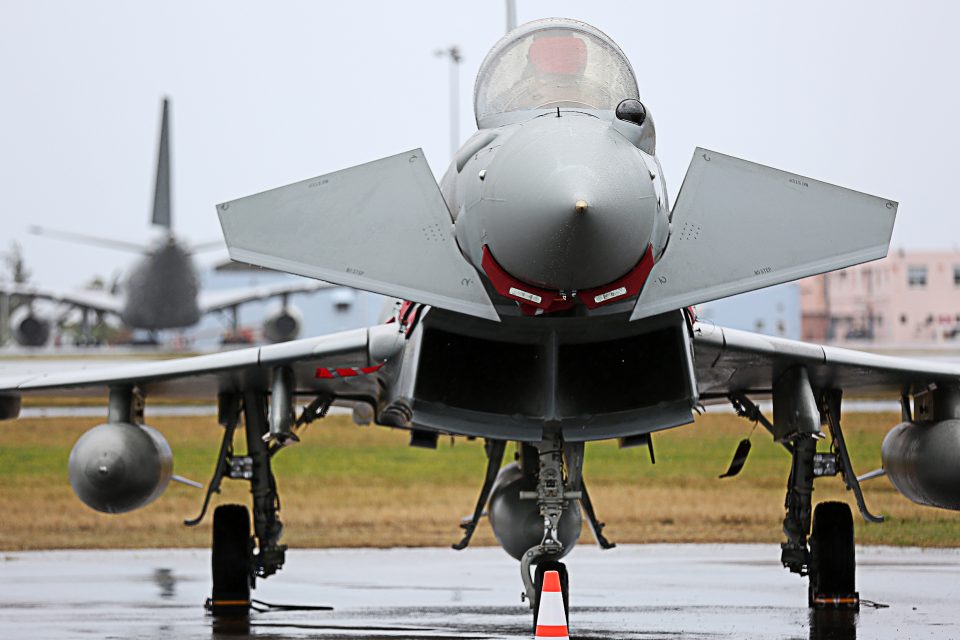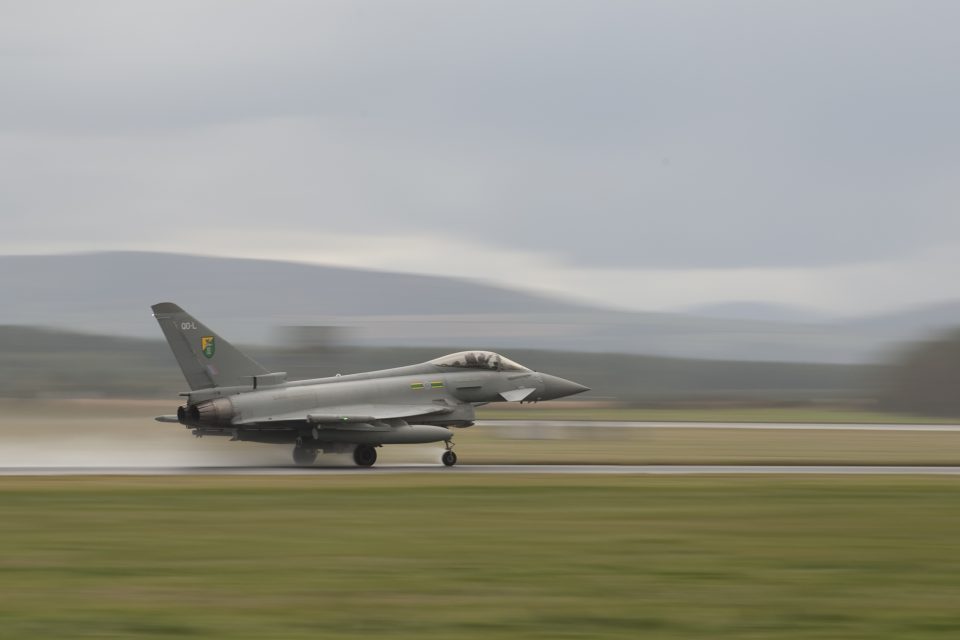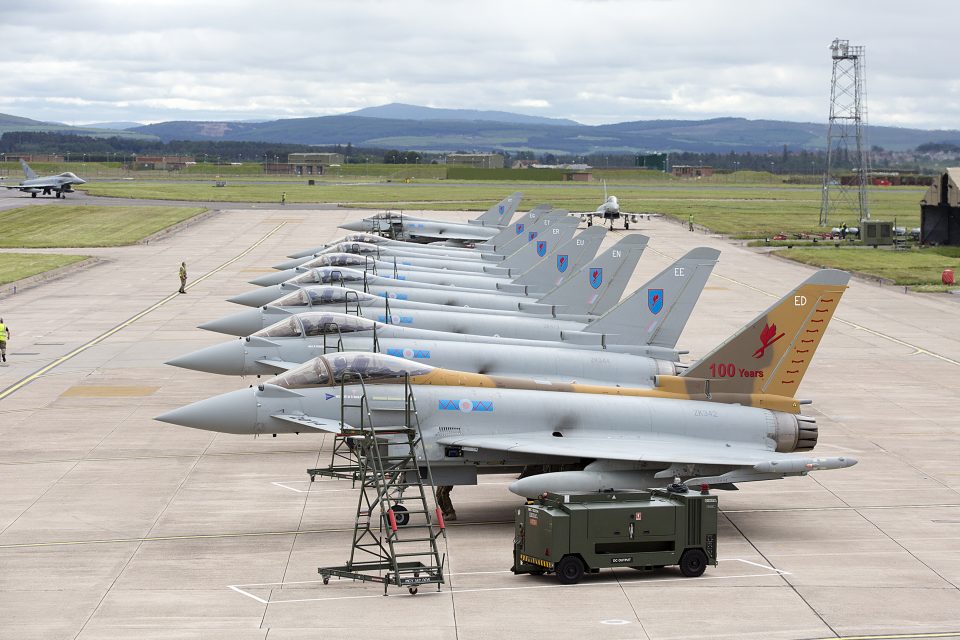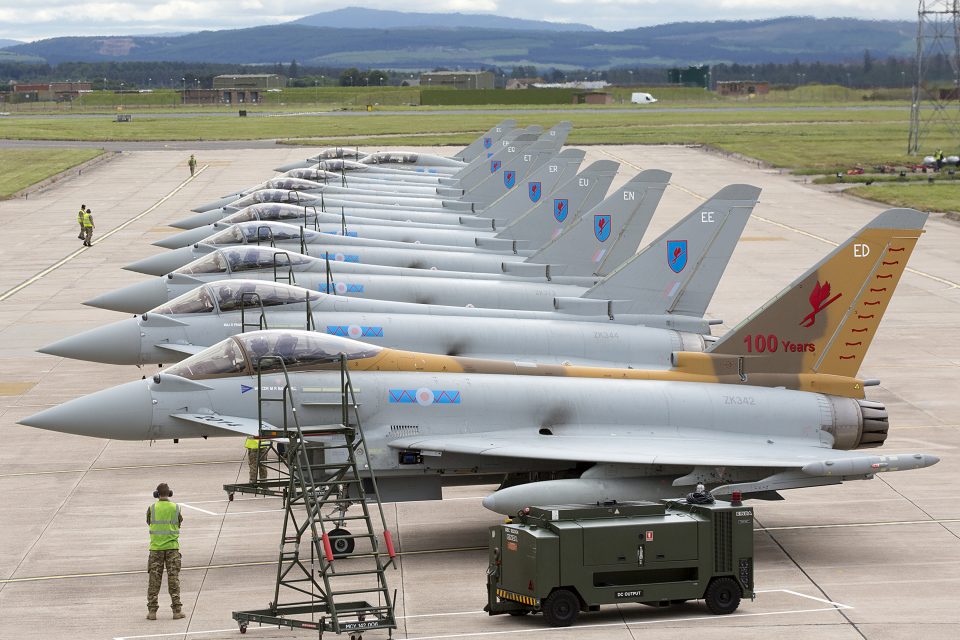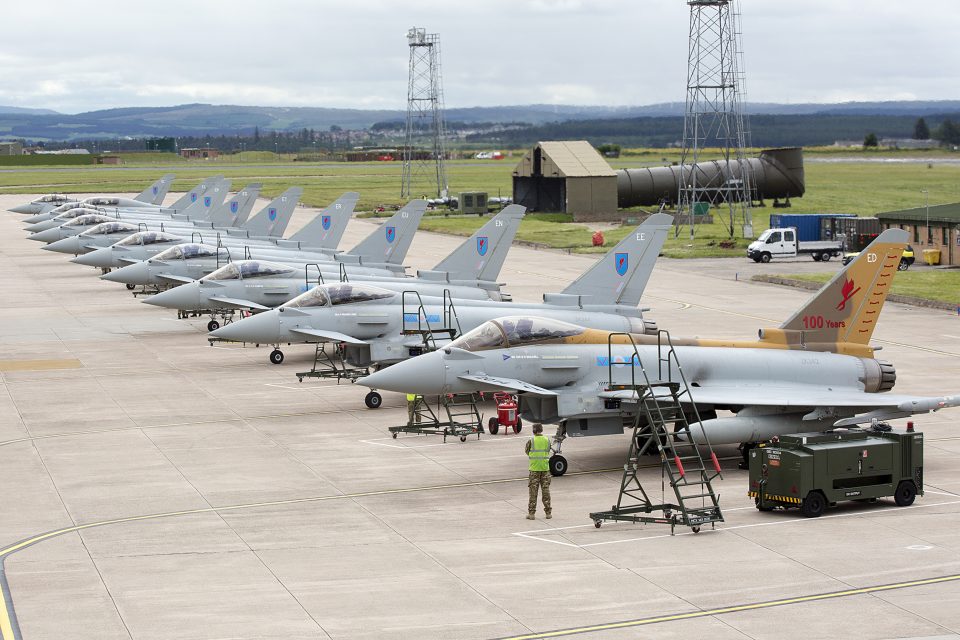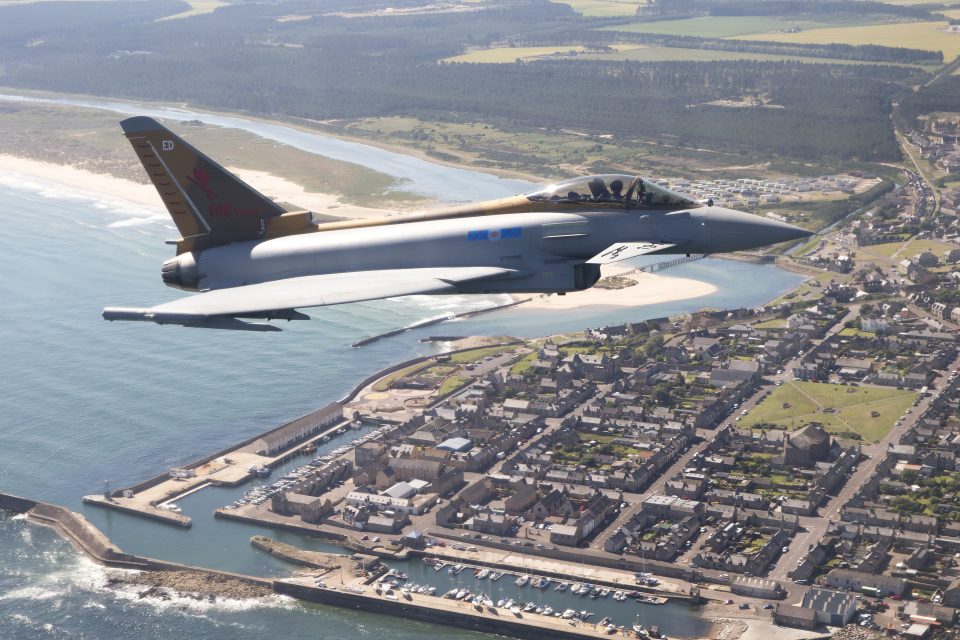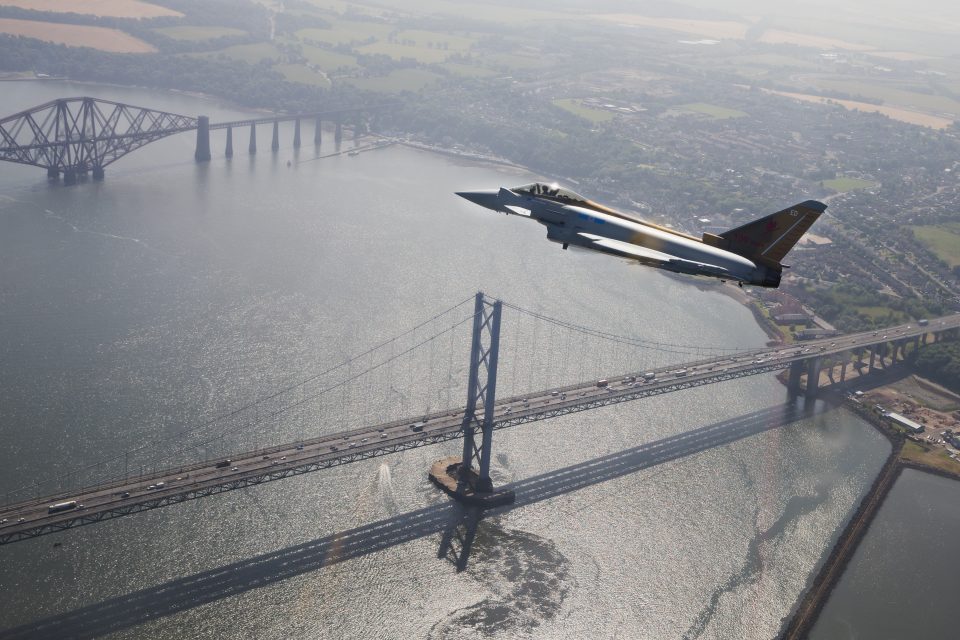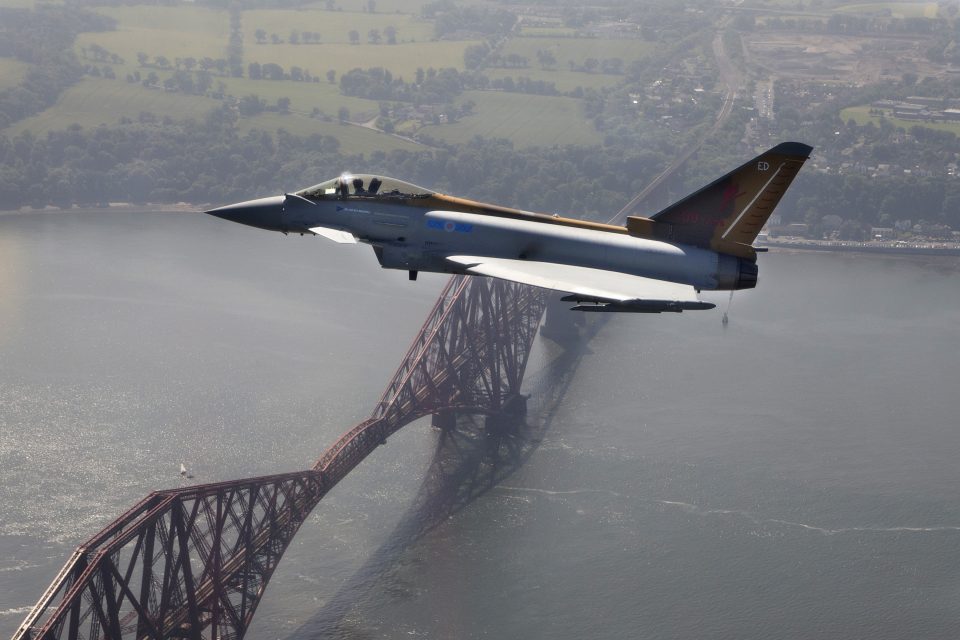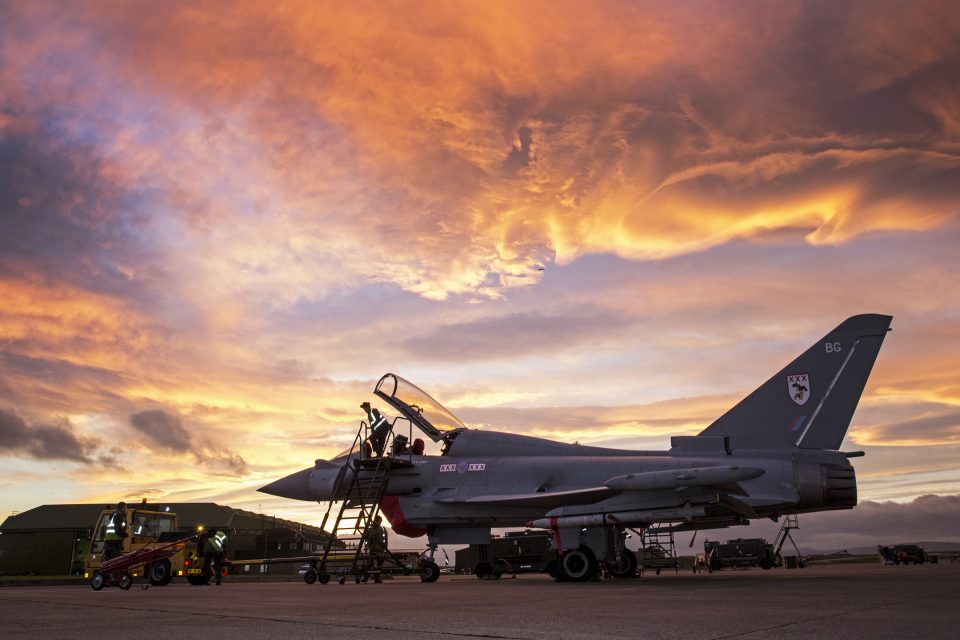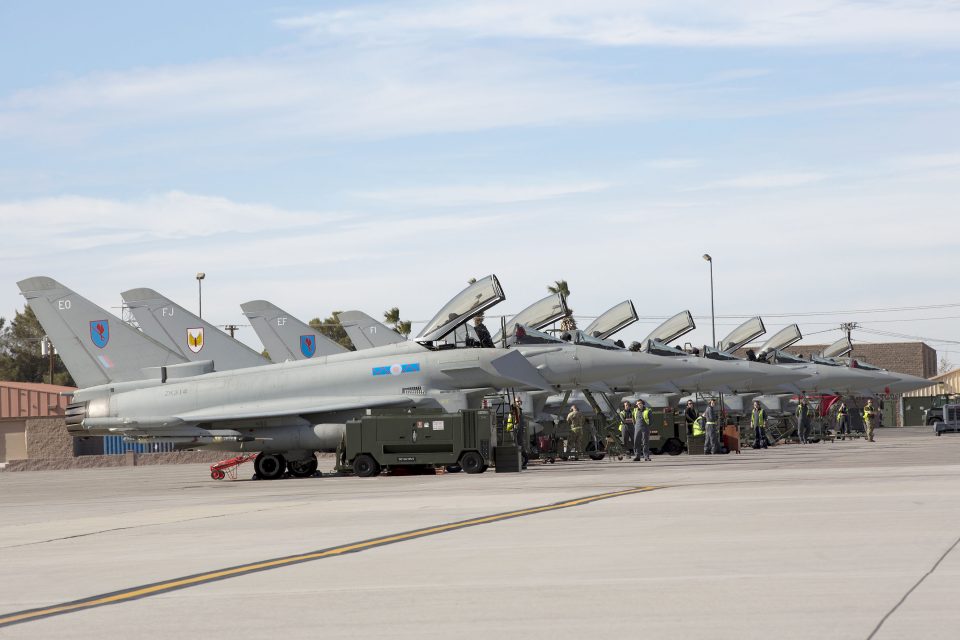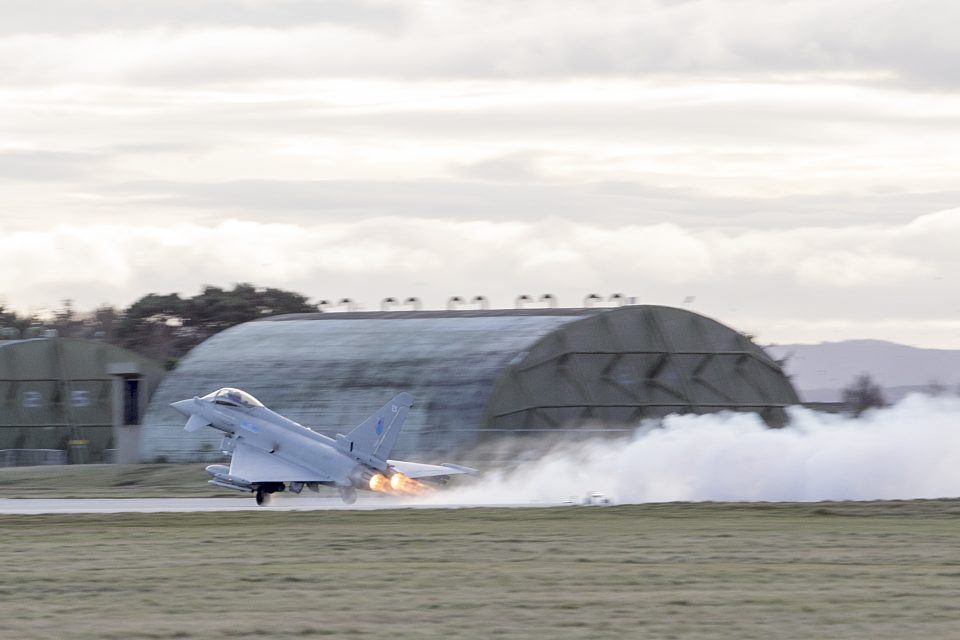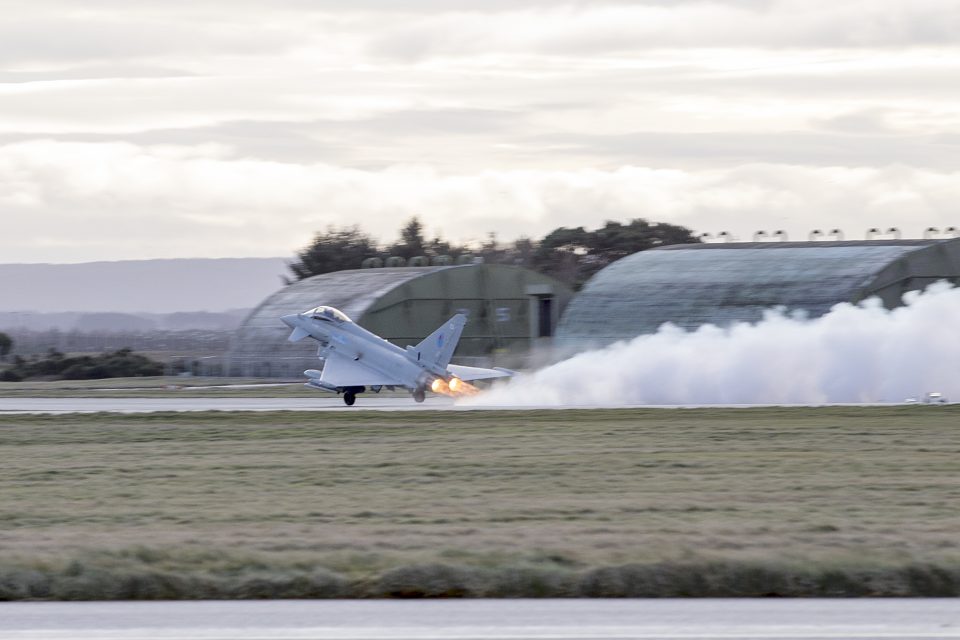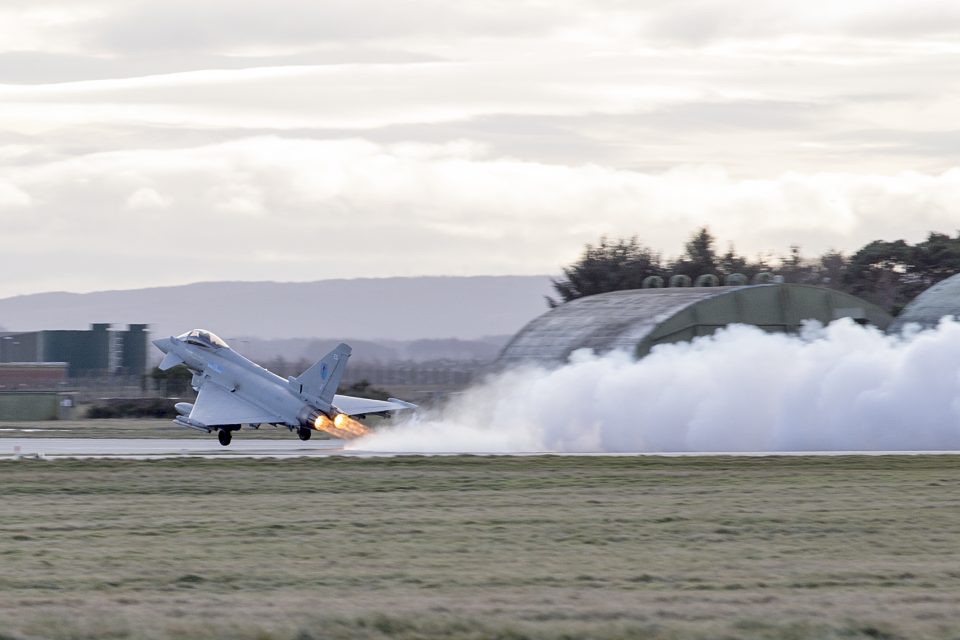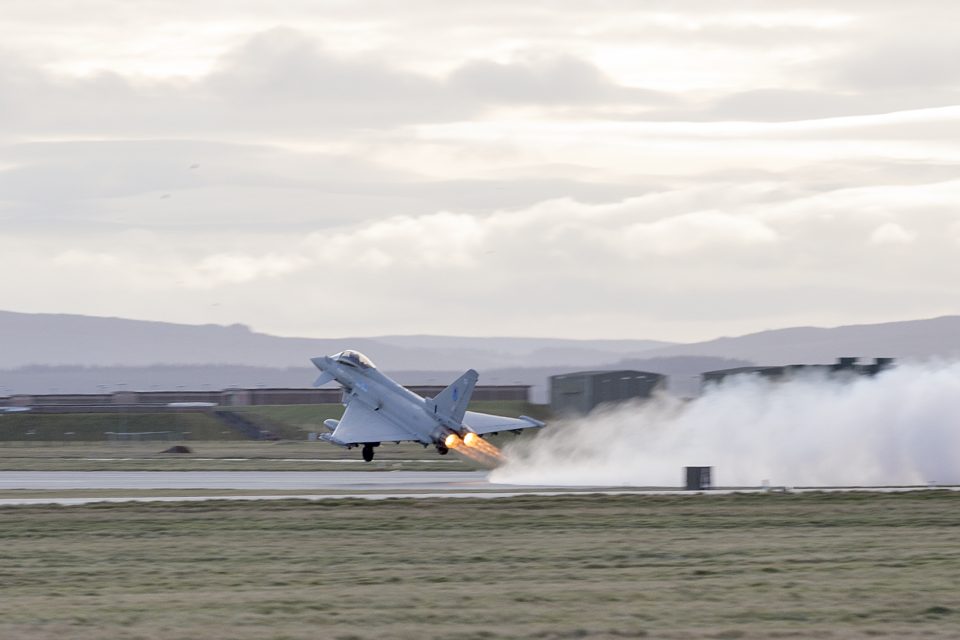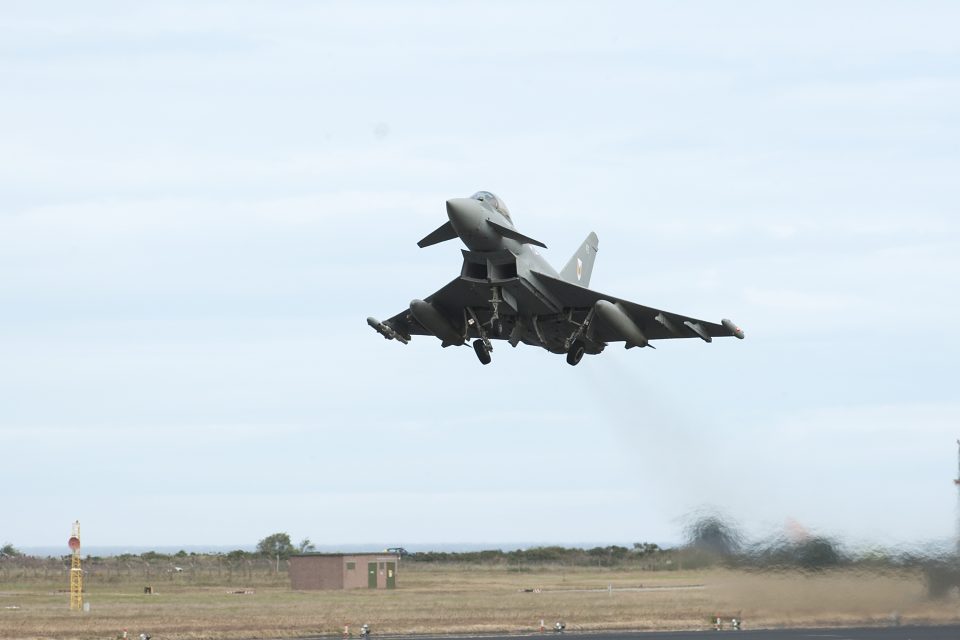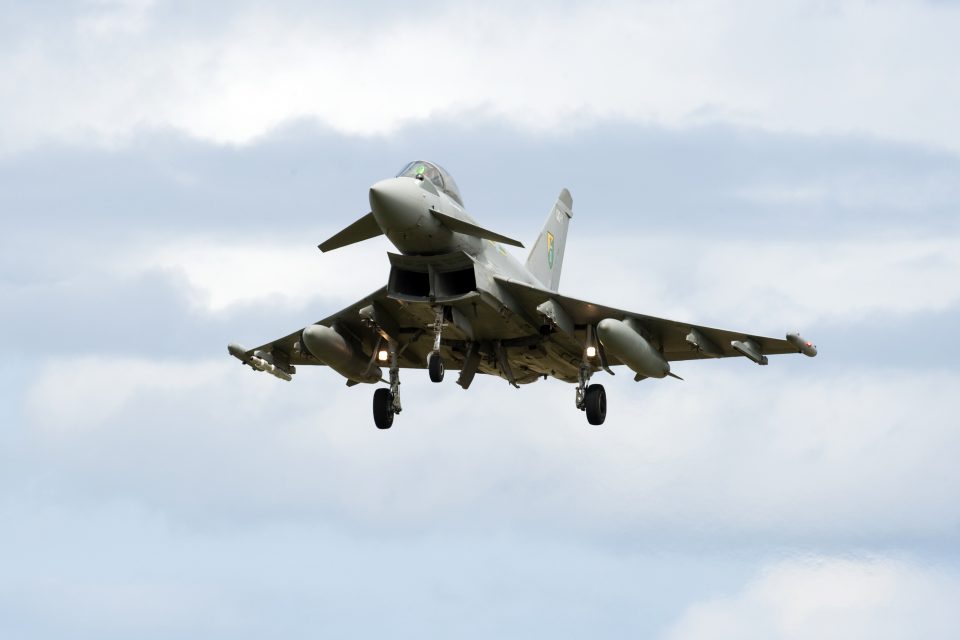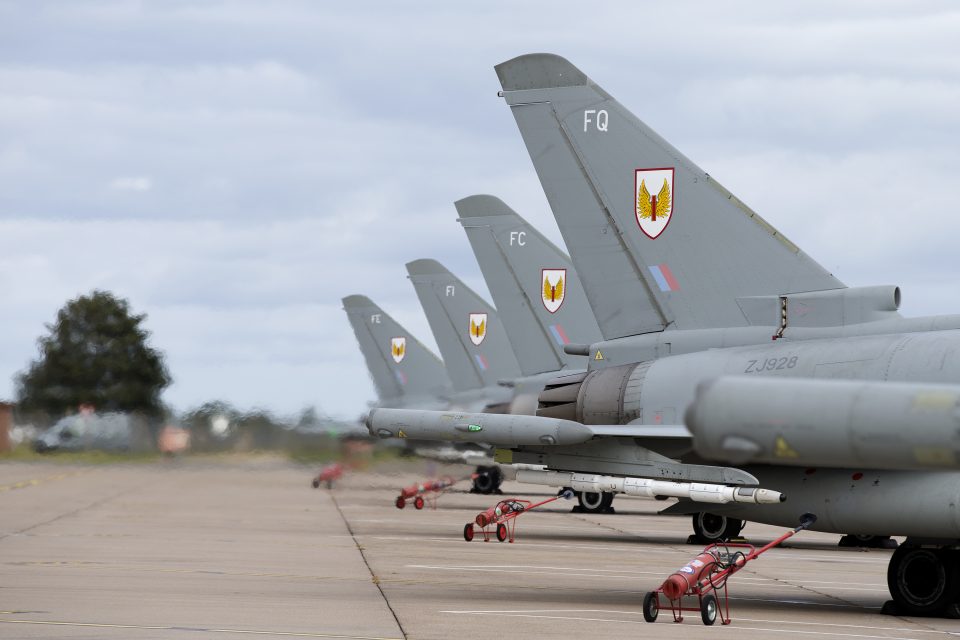2017-01-18 In the December 2016 issue of Eurofighter World, an interview with Air Commodore Ian Duguid at RAF Coningsby focused on the evolving role of the RAF’s Typhoons within the evolving capability mix going forward.
The RAF is evolving, changing to meet new demands.
Tornado — for decades a lynchpin of the UK´s force mix — is heading out of service.
At the same time, preparations are taking place to say hello to the new kid on the block, the F-35, when it enters into service before the end of the decade.
Meanwhile Typhoon is going through an intense period of development with weapons and E-Scan radar integration.
In this edition of Eurofighter WORLD, we speak to UK RAF Typhoon Force Commander Air Commodore Ian Duguid about the changing shape of the Royal Air Force and ultimately what it means for the role of Typhoon.
Goodbye Tornado.
Hello upgraded Typhoon and the F-35. Two aircraft – one fundamental job – providing a nation’s air power.
Given this state of flux there’s a question about the role of Typhoon in the coming decades in the context of UK Air Power. From his vantage point at Typhoon Force HQ in RAF Coningsby, Air Commodore Ian Duguid, is very clear about this.
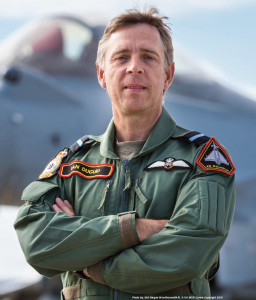
“The simple answer is that it is going to be really important for a couple of reasons.
First, while we all recognise the capability of the F-35 as a low observable, modern fighter with a highly capable sensor, the bottom line is that the backbone of the RAF’s combat air power is going to be provided by Typhoon.
“That’s going to be the case for at least the next two and a half decades because the UK Government’s Strategic Defence Spending Review of 201 5 saw an extension of Typhoon’s life out to 2040, and that’s really good news.
“Typhoon will be hugely important and it will remain relevant for two main reasons: firstly, because of its capability, and secondly, because of the relative size of the forces we will have.
The RAF aspires to have eight Typhoon squadrons by the early 2020s, by contrast the F-35 Lightning Force will comprise two front line squadrons. You can see straight away, from that ratio, Typhoon will be hugely relevant.
But it’s not just a question of numbers, the important bit is capability. Typhoon will bring an awful lot to the party and Typhoon and F-35 will complement one another.”
This idea that the two in tandem will offer the UK force a capability that is greater than the sum of the individual parts is fundamental to the UK’s air power strategy.
The man who heads up the RAF’s Typhoon Force says interoperability is already a key focus.
“We are doing a lot of work with F-35 over the coming months, even though we haven’t formally introduced it in the UK yet.
For example, there will be a squadron of Typhoons d ploying to the United States on an exercise where it will be working with F-35.
In addition, we are already working in the simulators to understand and develop our tactics and procedures.
“In one sense it’s not a question of how important or relevant Typhoon will be but how important the force mix will be in the future.
The prospect of the two aircraft, working together looks incredibly exciting.”
The work to mature the Eurofighter platform in both the Air-to-Surface and Air-to-Air domains is developing with real intensity.
Tests are taking place for the integration of Storm Shadow, Meteor and Brimstone, as well as the dawning of E-Scan radar for Typhoon.
These are all vital for the UK, with Typhoon being expected to step forward and carry out the heavy lifting in the Air-to-Surface domain in the RAF´s post Tornado era.
The RAF’s Project Centurion is designed to ensure a seamless transition between Typhoon and Tornado capabilities when Tornado goes out of service for the RAF in early 2019.
“Typhoon is in a really good place right now — with its current capabilities it is one of the most advanced 4th gen aircraft in the world.
But it’s going to get even better over the next few years.
That will absolutely underpin its utility for the next 25 years of its life.
“We know that Typhoon already offers an excellent multi-role capability. That is manifest through our direct support of the two current operations, Operation SHADER, countering the Islamic State forces in Iraq and Syria, and the NATO Baltic Air Policing mission, ensuring the integrity of Estonian air space.
Both of these operations are different and extol the virtues of Typhoon as a multi- role platform.
However, the aircraft’s growth plan, in terms of capability, amplifies and develops the role.
“Project Centurion will deliver a stand-off air-launched cruise missile capability through the introduction of Storm Shadow; it will introduce the Brimstone 2 Air-to-Surface missile, as well as the highly capable Meteor Air-to-Air missile, which will produce significant beyond- visual-range capability over and above what we have right now.
“These are really positive steps forward in their own right but when you also add to that E-Scan radar and, potentially, the introduction of a stand-off Air-to-Surface weapon capability such as Spear Cap3, then Typhoon will move into a whole new world of capability.
“There is a clear road map that will deliver the new capabilities and we are living it now. Project Centurion will set the conditions for Typhoon into the next decade. Then, the introduction of other capabilities like E-Scan radar, will see the aircraft out to 2040.”
Many aircraft go through midlife upgrades in order to extend their life, but the Force Commander believes it may not be necessary for Typhoon thanks to the existing road map.
He says: “Typhoon is continually undergoing incremental upgrades — indeed we currently fly three different Tranche of aircraft — and there will always be continuous up- grades.
For example, in the early 2020s we may potentially look at upgrades to the displays within the cockpit and start to examine the next generation of head up display or whether we go to a helmet-mounted system.
These are things we are already discussing and putting onto a ‘possible capability’ road map. But as for a traditionally defined midlife upgrade I would argue that the delivery of Project Centurion and E-Scan radar is effectively like that anyway, except it isn’t coming midlife.”
Typhoon’s future capability is not simply cast around being a replacement for Tornado but as a fundamental part in a team of assets.
Not surprisingly, a lot of thought and planning has gone into the question of how Typhoon will operate alongside other manned and un-manned aircraft in the years ahead.
“For me it’s not a case of ‘how will they’ but ‘how do they’ because that is exactly what we are doing right now.
We are already setting some really good conditions for developing future tactics and operating procedures.
Right now our pilots are flying operations over Iraq and Syria, working hand in glove with un-manned Reapers, through their ability to generate situational awareness for the Typhoons.
“Equally the Typhoon Force has exercised regularly with the US Air Force F-22s, a 5th gen platform which has similar characteristics to the F-35 (though it’s more an air superiority, air dominance capability).
Typhoon has worked really well with it.
We’ve been able to develop really good systems and functions working with F-22 that we are going to take into the F-35 work.
“We are also doing co-operative work in the simulators.
Right now we are carrying out highly demanding and testing operational missions in the simulator, so we are able to fully expand the envelope and capitalise on the sensor suite and capabilities of F-35 and Typhoon to develop our interoperability procedures.
“There are bound to be some challenges out there and we are determined to overcome them because we have to make this force mix fully interoperable and we are working hard to do just that.
Those challenges are not insurmountable, some will be hard, but we can overcome them.
“The idea of working together means you have to be able to communicate across the airways – be that over the radio, data link or visual — and we will use all three to create the interoperability we desire.
But the important thing to note is that the F-35 procured by the UK has been designed as a global joint strike fighter with interoperability in mind.
“I have worked on the F-35 programme and I know what it is going to bring.
In addition, Typhoon has gone through upgrades that added to what was already an awesome capability.
Adding the two together is going to mean there are some really exciting times ahead as we develop tactics and prove them on operations.
“Clearly we now have the baseline for the next two decades from a combat air power perspective —Typhoon and F-35, along with all of the situational awareness and intelligence provided by unmanned and remotely piloted air vehicles.
That combination is relatively well set. It’s a baseline that will definitely see the Royal Air Force continue to be considered as one of the most capable air forces in the world.”
So what will the future of UK combat air power actually look like — how will the different assets all work together?
What kind of scenarios are being looked at in the simulators and how will these be fine-tuned when the F-35 enters operational service in the UK?
Well, what the RAF already knows is that they’ll have many more options.
“Obviously I can’t say too much about the details of the tactics and techniques that are being worked through in the current interoperability trials, but in broad terms it (the combination) gives us real options.
“We have a Typhoon that flies at supersonic speeds high in the atmosphere, add to that E-Scan radar with a Meteor missile and a considerable amount of munitions and a sensor suite that would work with F-35.
The F-35 would be able to share a lot of its information.
In some scenarios it might go out in front of a package of Typhoons to sense the air and ground environment and pass that information on.
“Equally there may be times and missions that mean the combination is the other way round — with Typhoon out there in front, high and fast, with F-35 coming in behind.
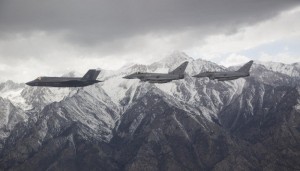 The F-35 Lightning II flew in formation with two Typhoons in April 2014.
The F-35 Lightning II flew in formation with two Typhoons in April 2014.
“The new force mix will certainly provide greater choice for the air commander about how they want to exploit these capabilities and how they want to deal with particular situations, whether that’s a question of how we hit particular targets or how we create certain conditions.
“Of course, a lot of what we have been talking about relates to high end warfare options but there will be times and places where the different aircraft are working separately, like the Typhoon squadron in the Baltic Air Policing role it does now, or in Iraq and Syria.”
As well as its role in an integrated force mix, Typhoon will still own one key task.
“Ultimately Typhoon will continue to provide Quick Reaction Alert (QRA) for at least the next 24 years and QRA is the backbone of UK air defence.
“QRA gets overlooked at times and to some degree that’s a good thing. People can rest easy at night knowing we are out there protecting the UK’s air space and assuring the security people crave and are entitled to.
“But the flipside is that it is also important to remind everyone from time to time that QRA is what we do and we do it very well.
The very notion that 24/7, for 365 days a year, we have aircraft and crews that are ready to scramble to assure the integrity of the UK’s air space is important.”
And there’s no doubt in the Force Commander’s mind that no matter what, there’s nothing more suited to this particular job than Typhoon.
“When you consider going from a static start scramble in the middle of the night to al- most Mach 2 over the North Sea in order to intercept a potential threat to UK air space then no other aircraft in the world could do it as well, or as quickly, as Typhoon.
That might sound like an advert but I genuinely think that’s the case.”
So while the arrival of F-35 might be grabbing headlines, it’s clear what will be at the heart of the RAF.
“Typhoon has never been more relevant than it is now and it’s going to be that way over the next two decades.
It is doing the jobs it is being tasked to do and doing them exceptionally well.
It’s world class.
Look at Operation SHADER and QRA, Typhoon is doing two fundamentally different jobs.
We are working really well and delivering what is be- ing asked of us… but it doesn’t stop there.
“It’s looking really good further down the line.
And that’s exciting.”
Editor’s Note: This article has been republished with the permission of Eurofighter.
The photos in the first slideshow above were shot by Second Line of Defense during a visit to RAF Coningsby in the Fall of 2015.
The first aircraft highlights the legacy aircraft and the day of the visit Typhoons could be seen in various markings, including D-Day markings.
The second slideshow highlight Typhoons operating from RAF Lossiemouth and are credited to the RAF.
Royal Air Force Operations and Evolving Concepts of Operations: Shaping a Triple Transition




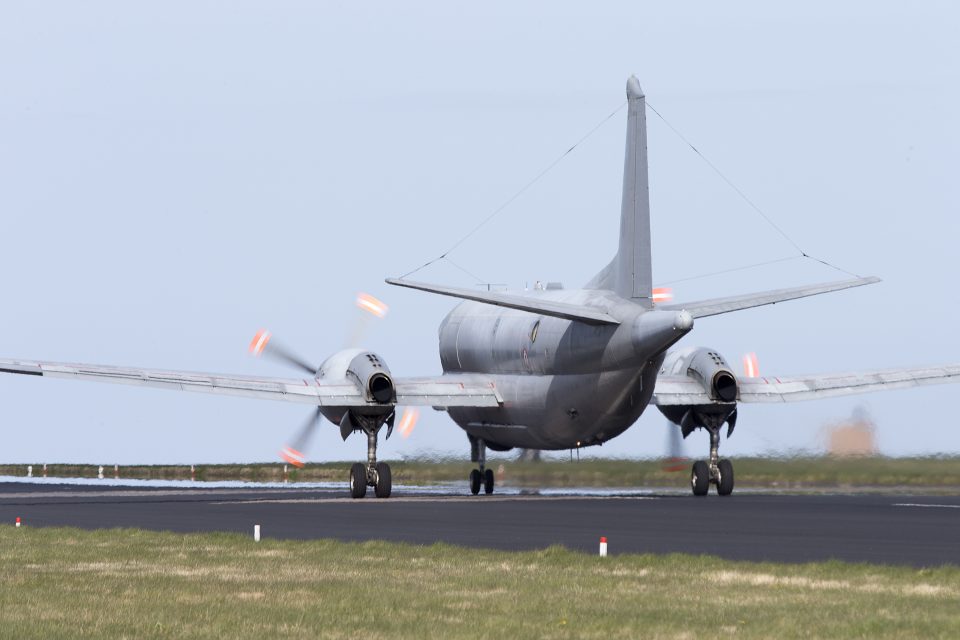
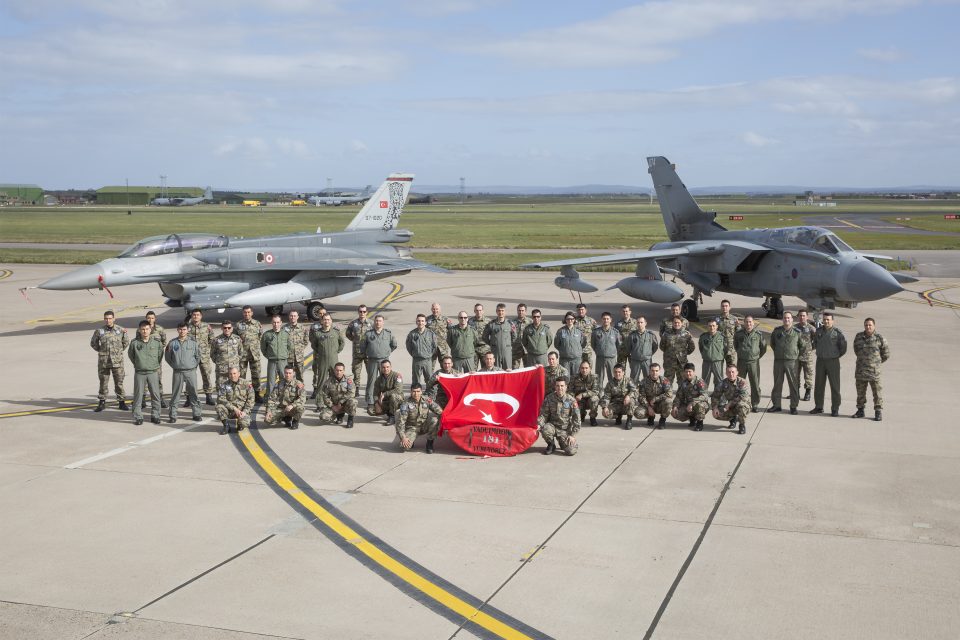
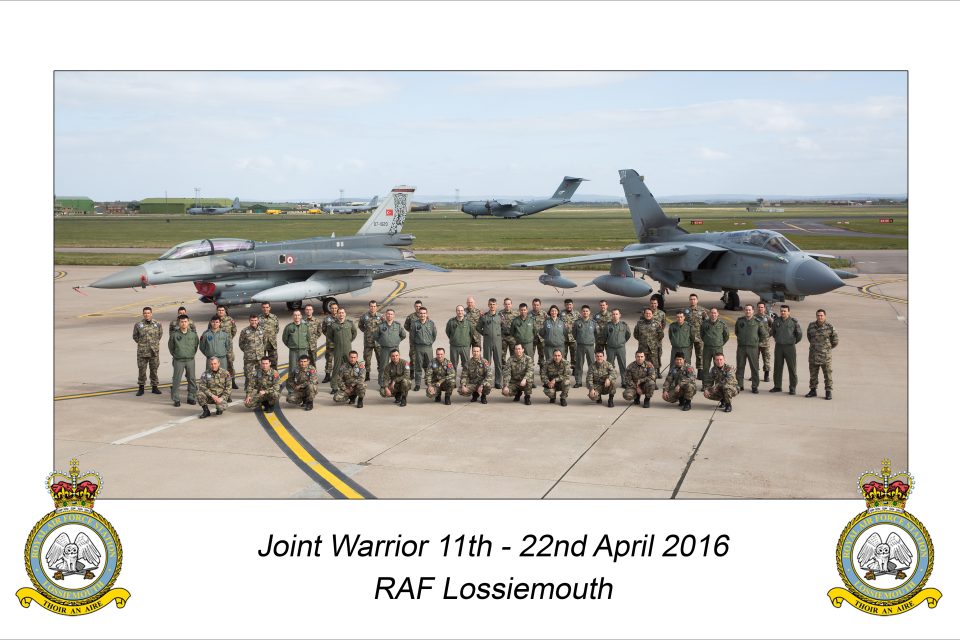
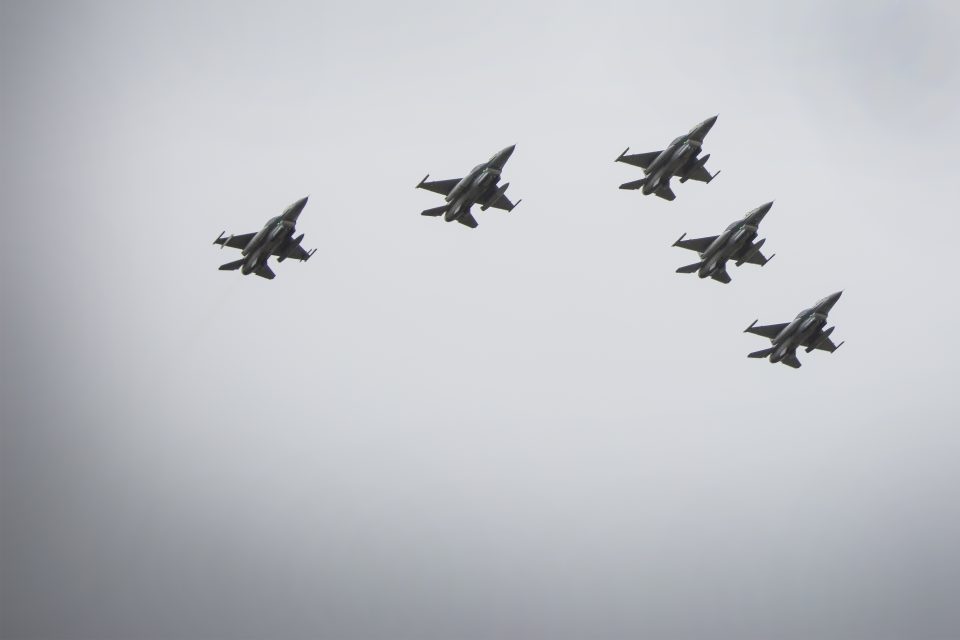
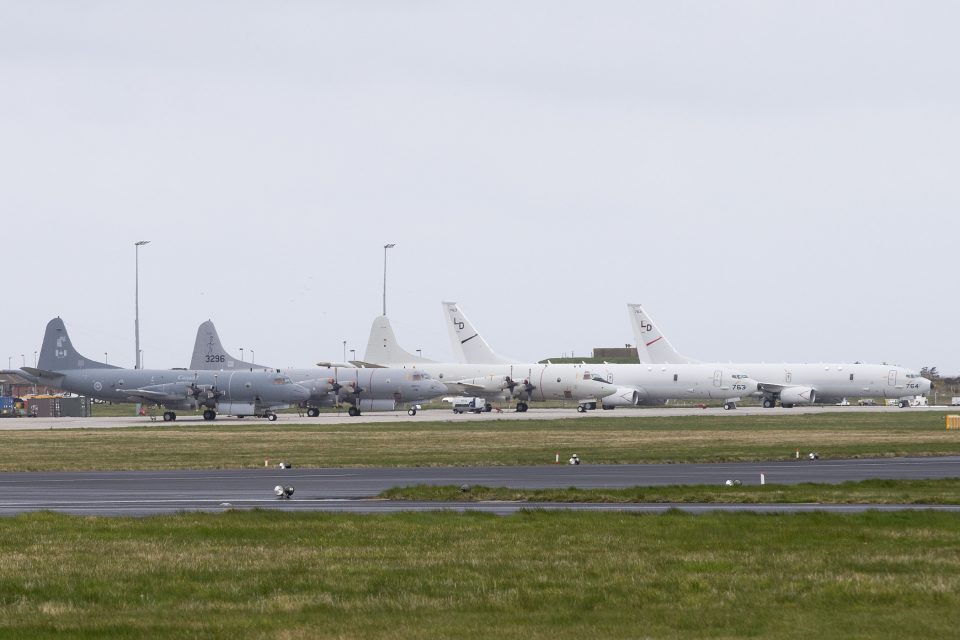
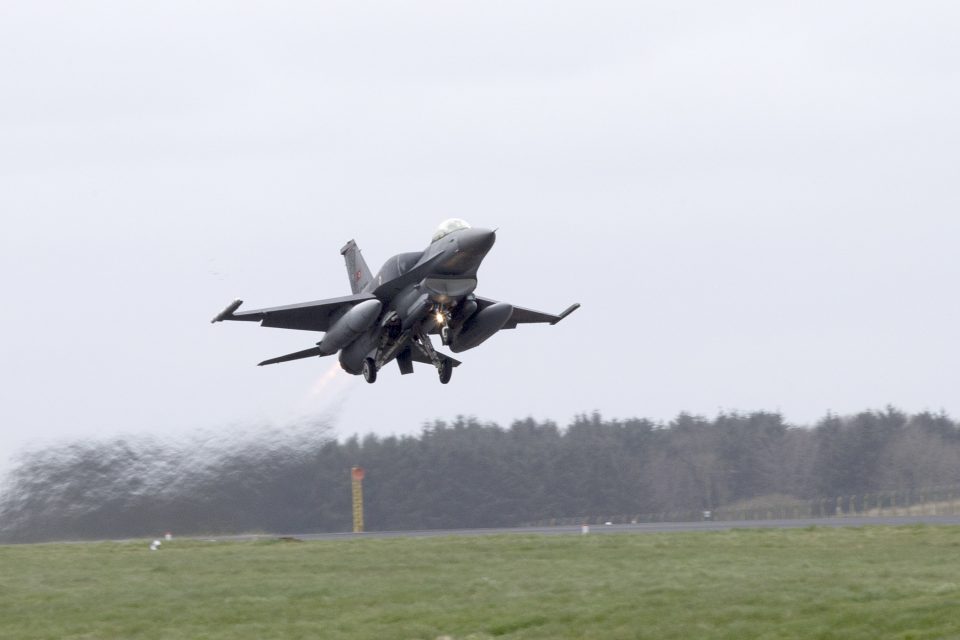
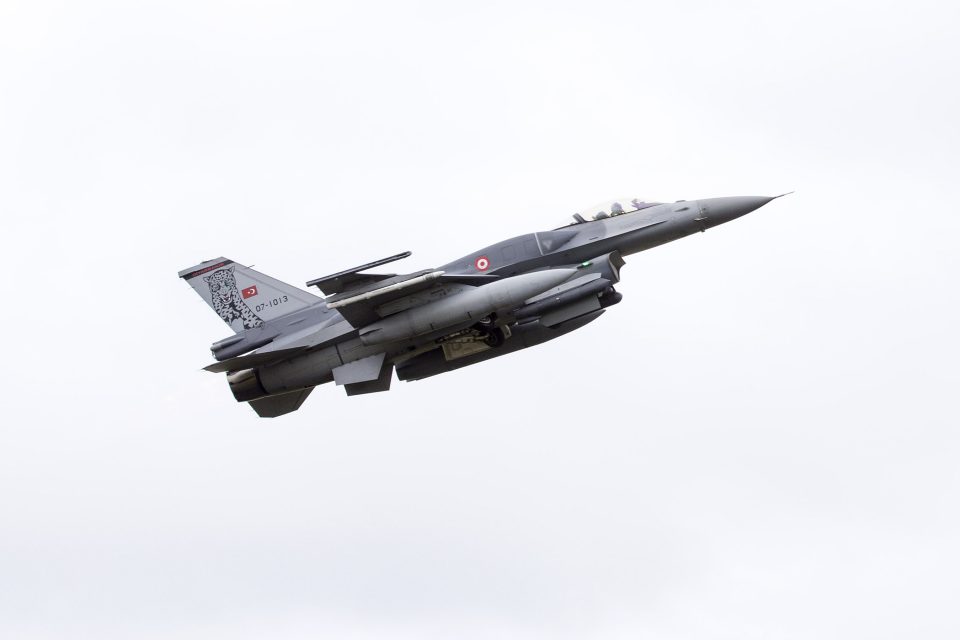
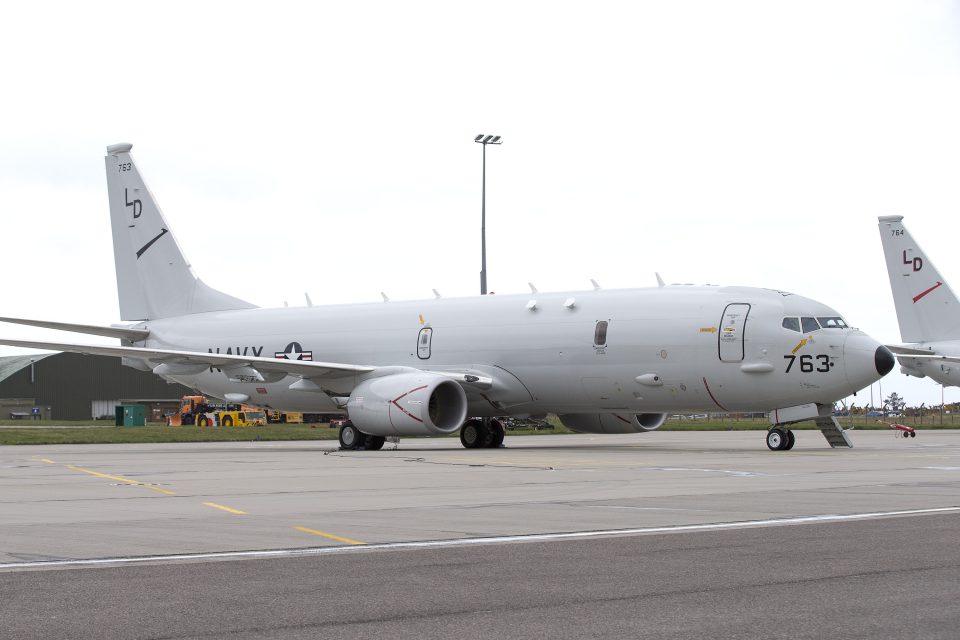
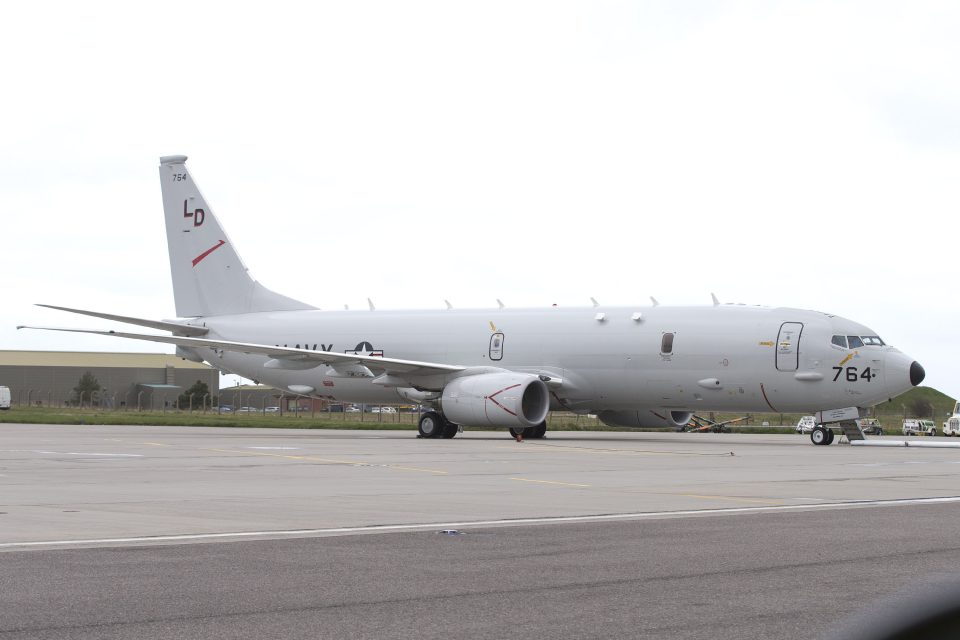
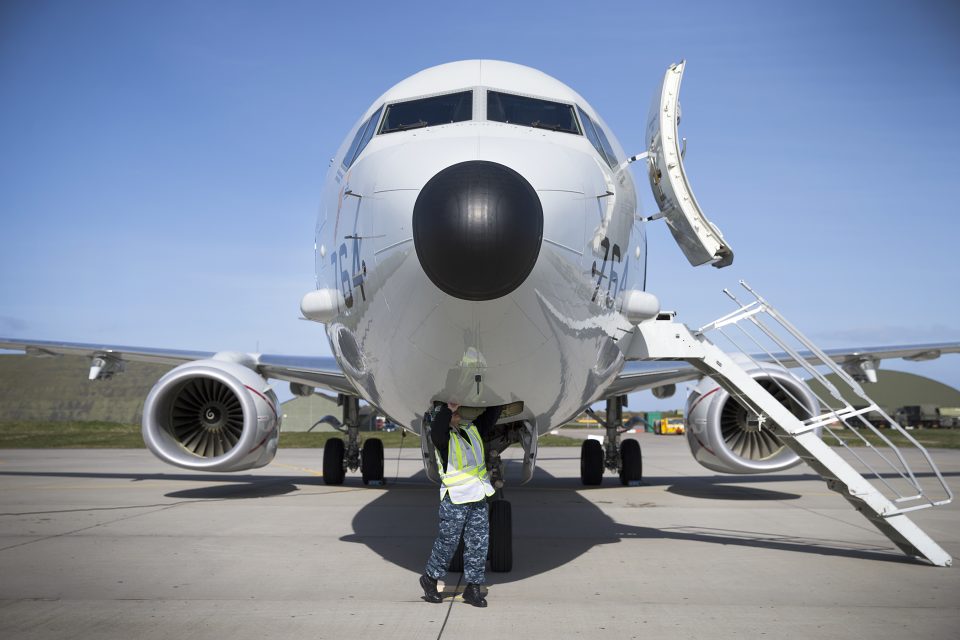
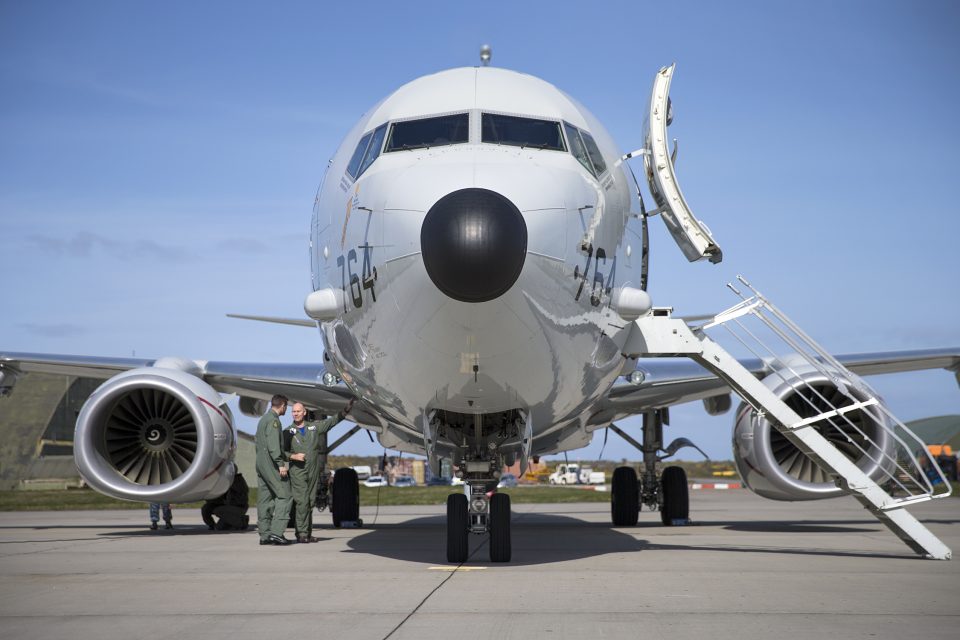
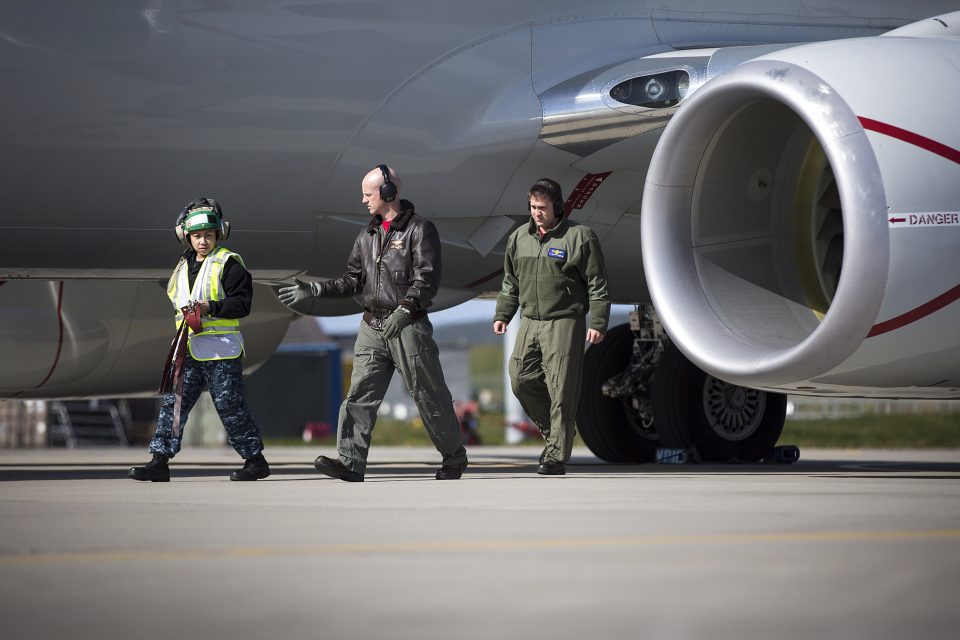
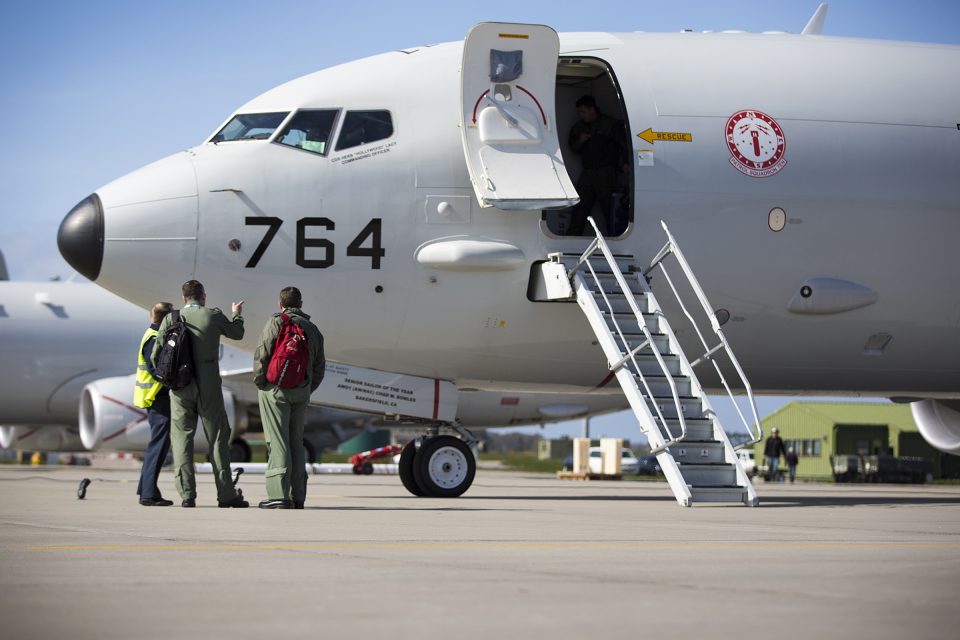
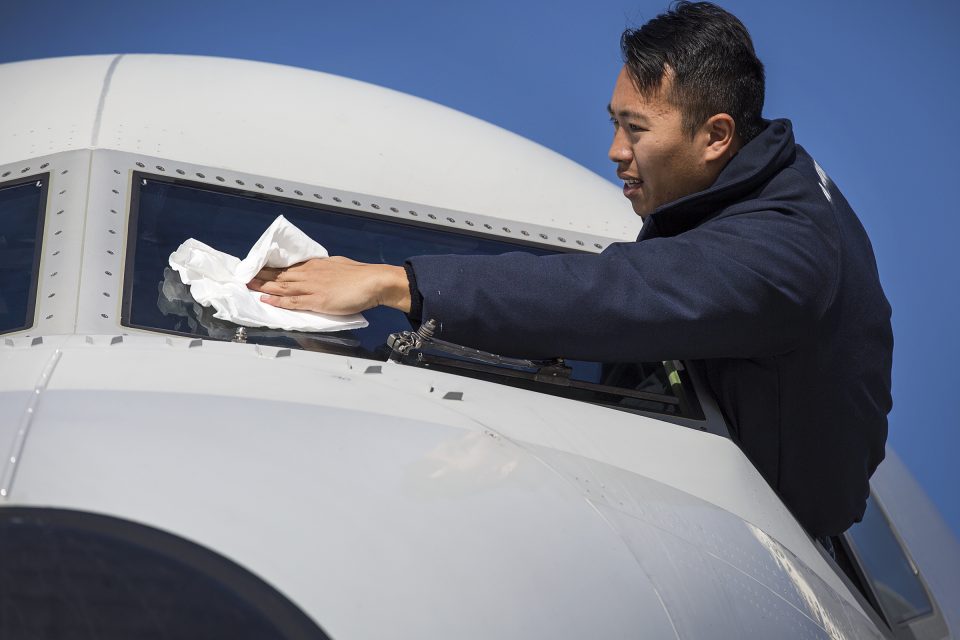
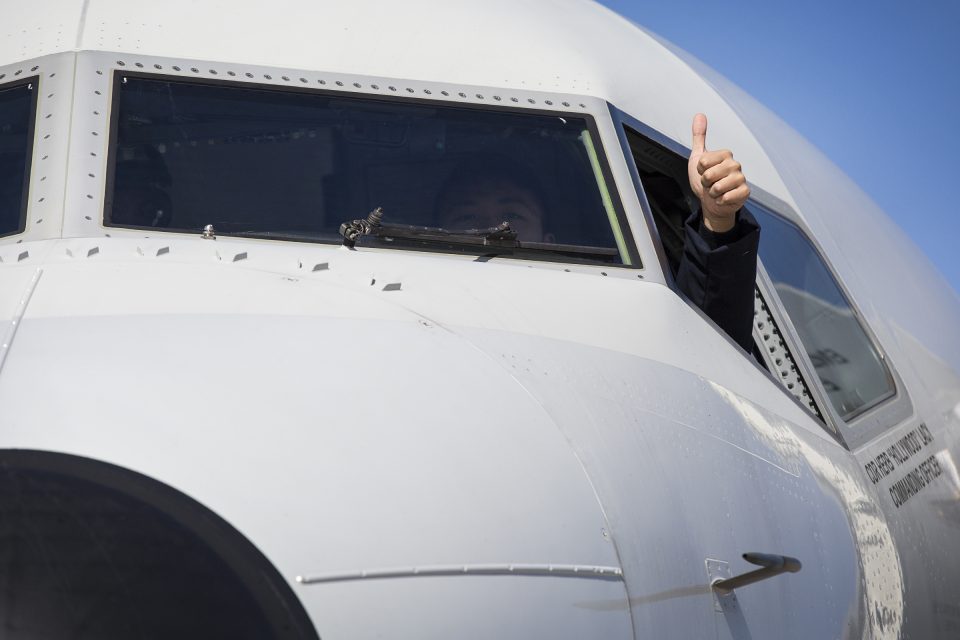
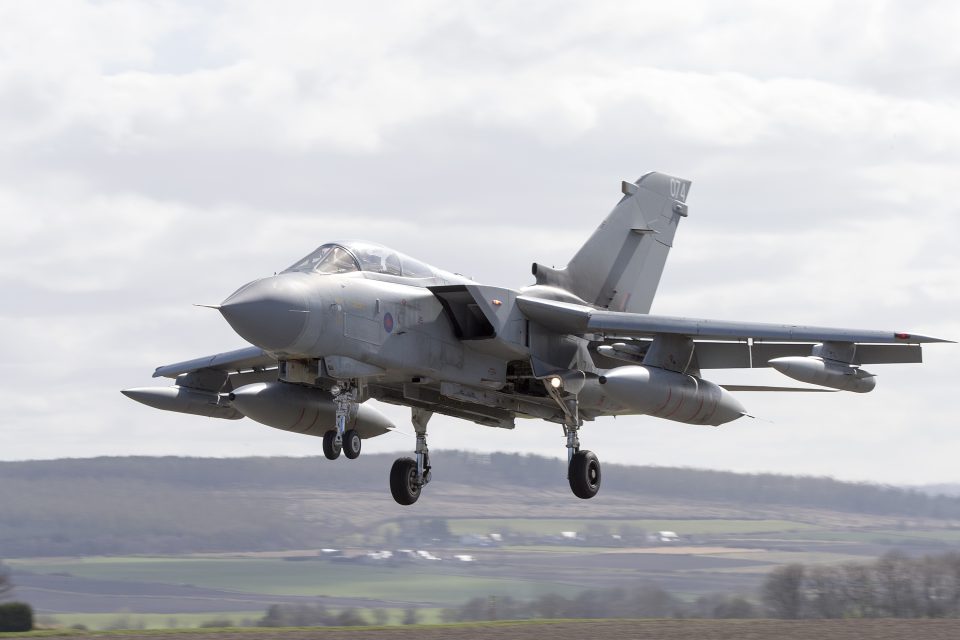
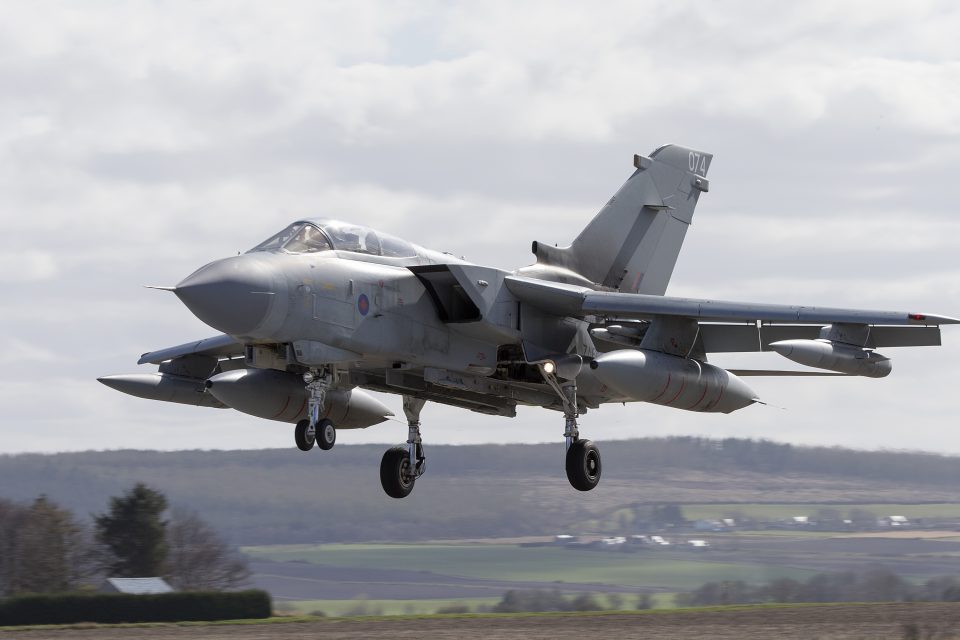
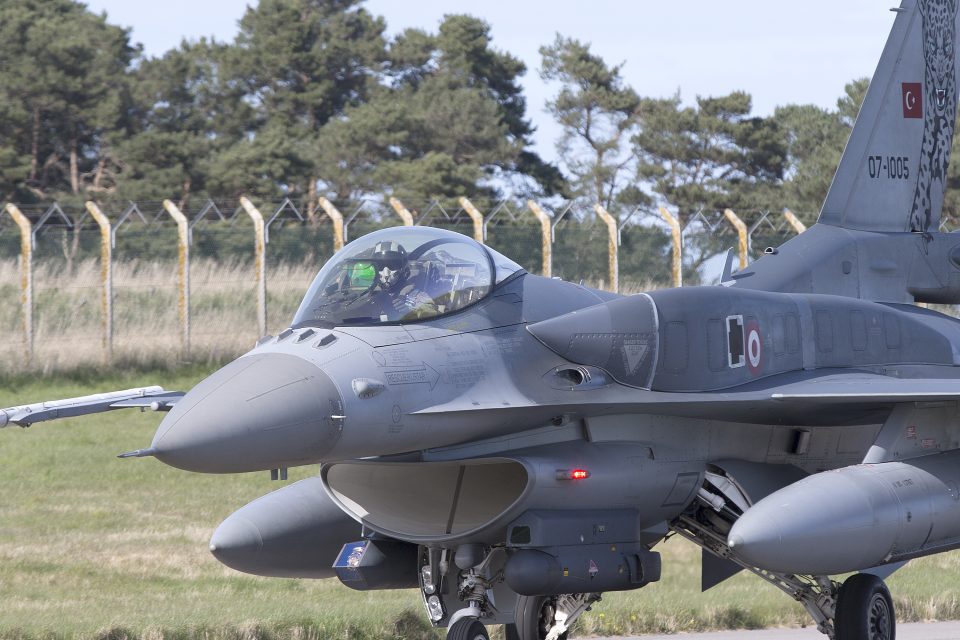
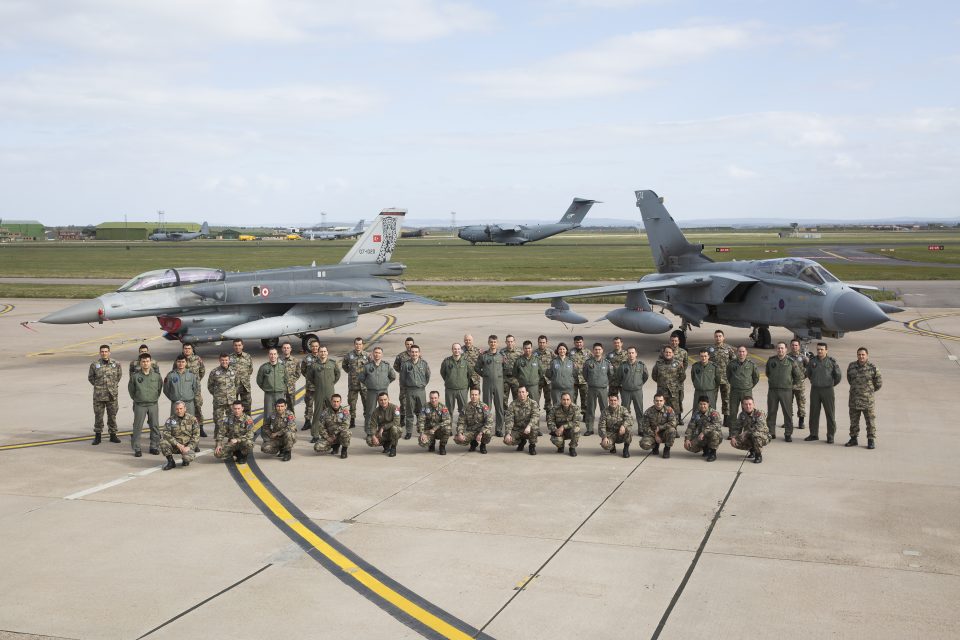
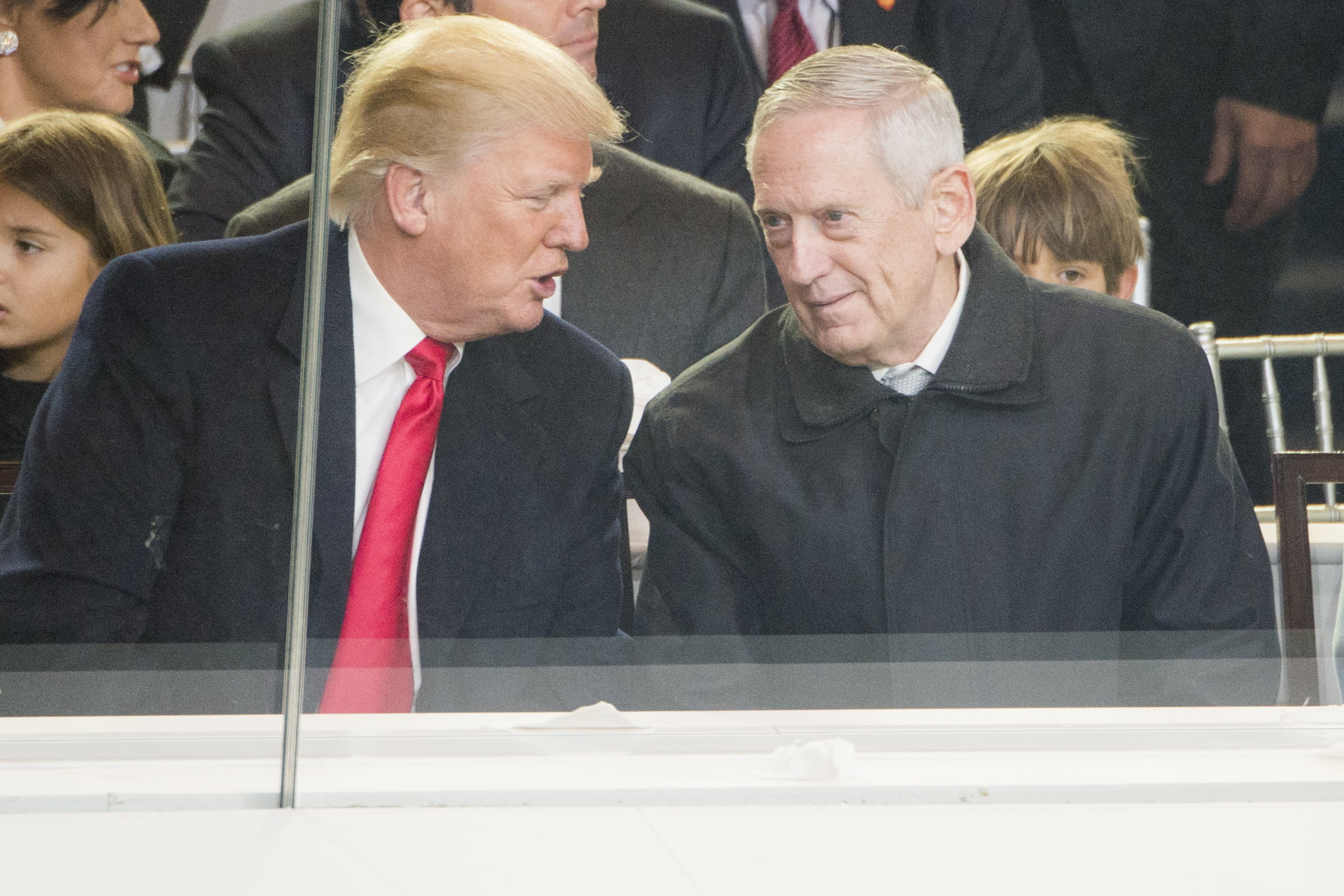
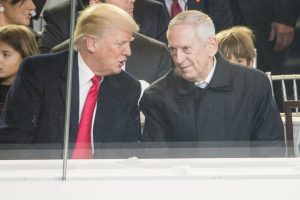 President Donald J. Trump and newly appointed Secretary of Defense James Mattis watch as parade participants march past the White House reviewing stand during the 58th Presidential Inauguration Parade in Washington D.C., Jan. 20, 2017.
President Donald J. Trump and newly appointed Secretary of Defense James Mattis watch as parade participants march past the White House reviewing stand during the 58th Presidential Inauguration Parade in Washington D.C., Jan. 20, 2017.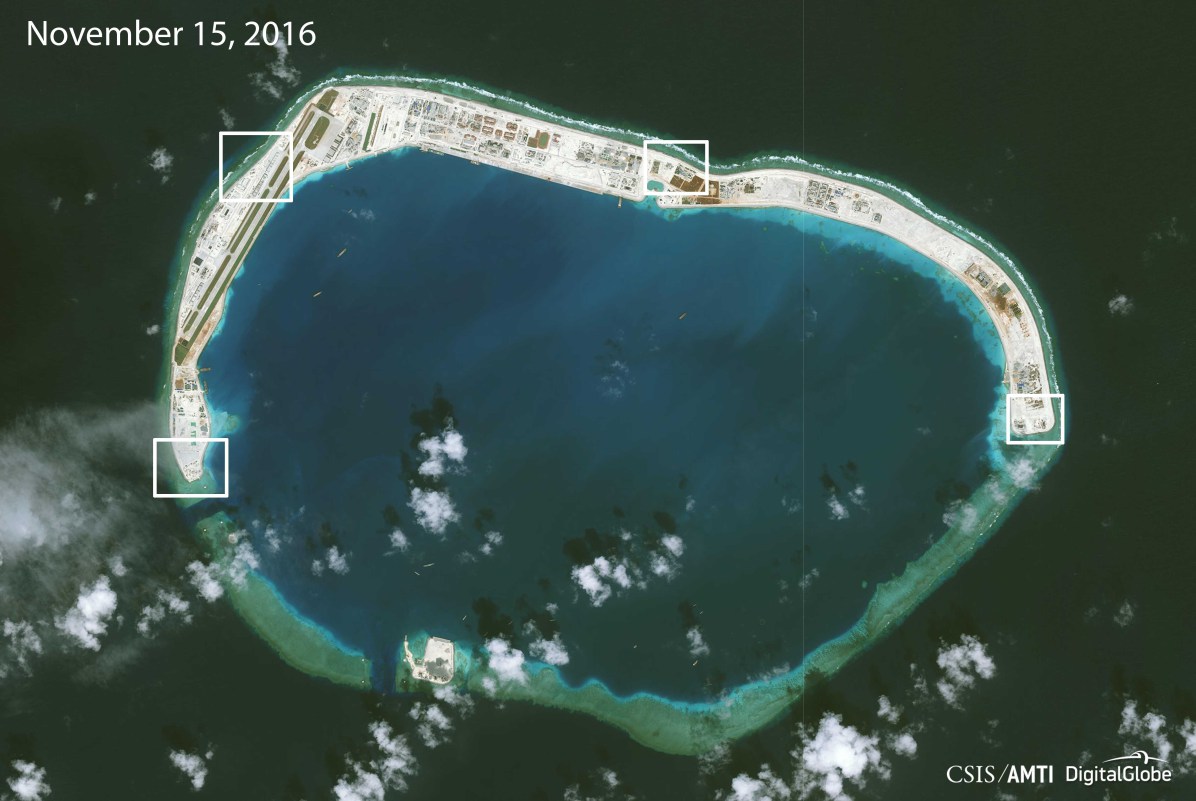
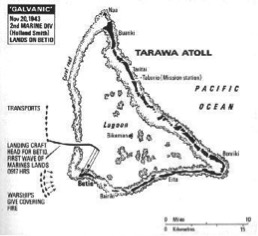
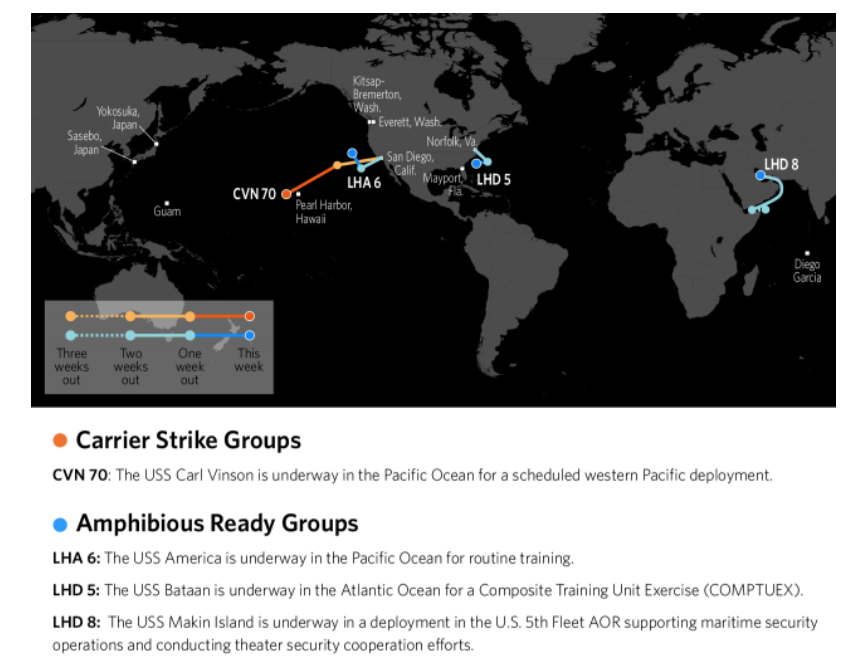


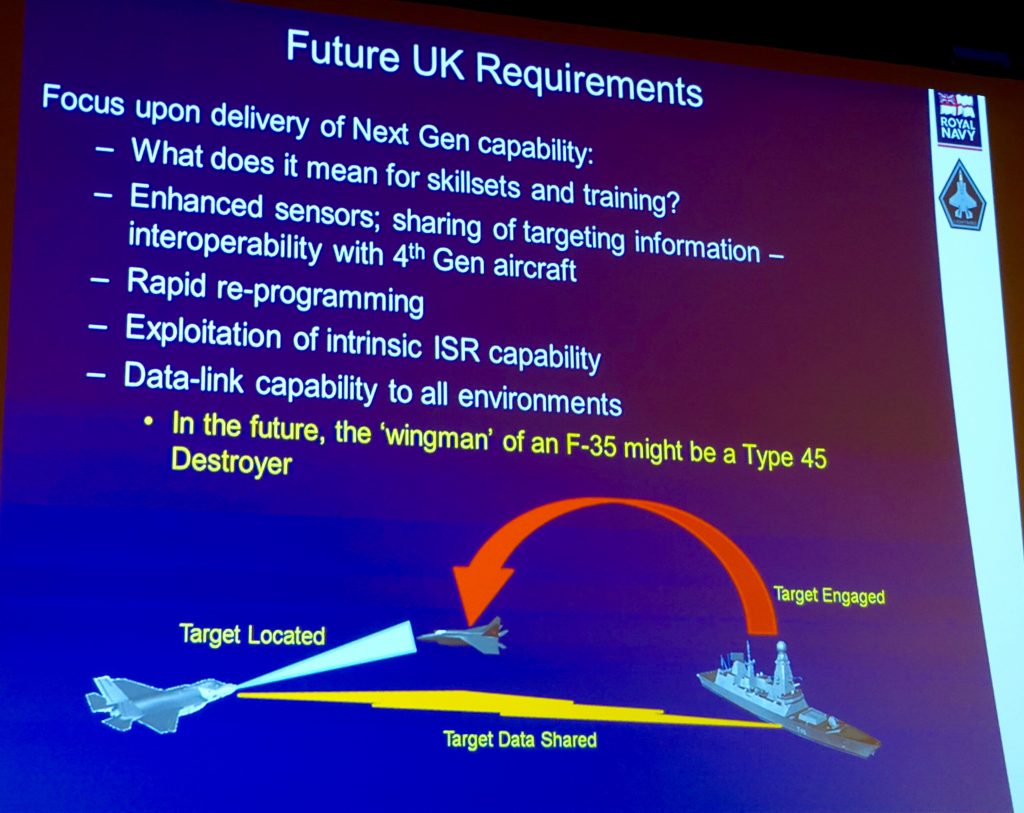
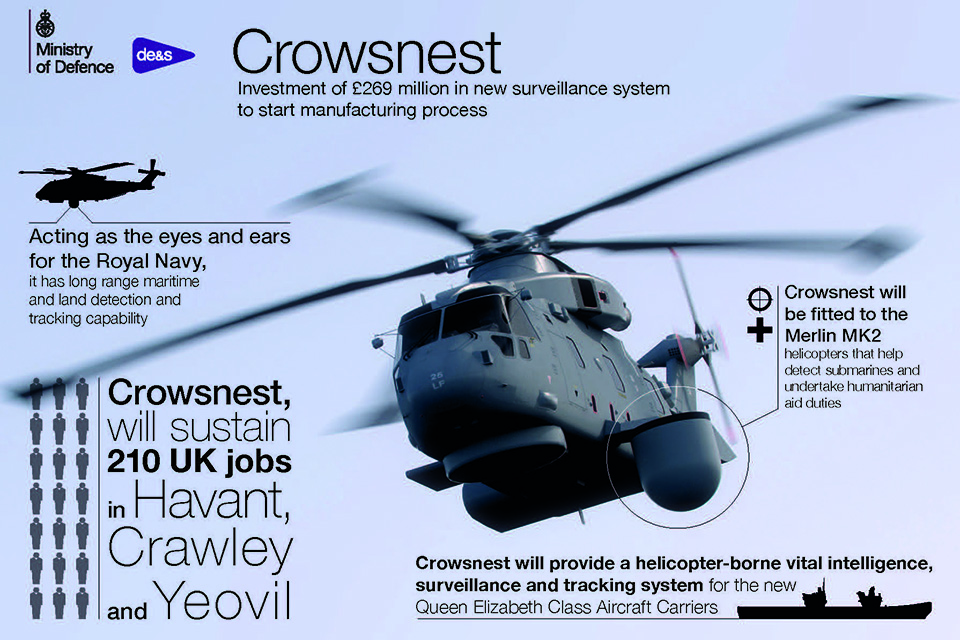
 President Tsai Ing-wen, Taiwan’s first woman President.
President Tsai Ing-wen, Taiwan’s first woman President.

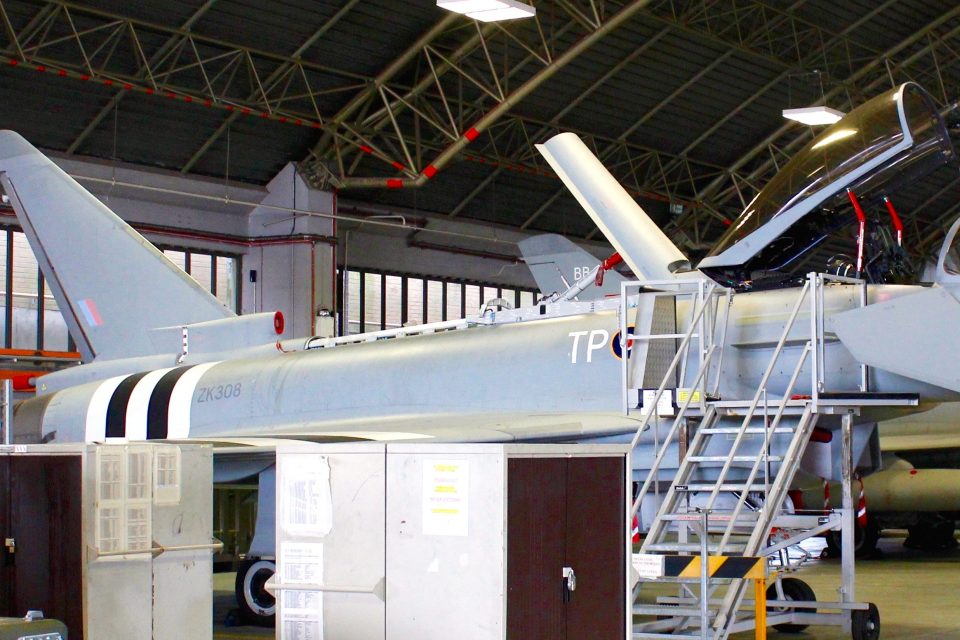
 The F-35 Lightning II flew in formation with two Typhoons in April 2014.
The F-35 Lightning II flew in formation with two Typhoons in April 2014.